The Marine Corps debuted its new Amphibious Combat Vehicle
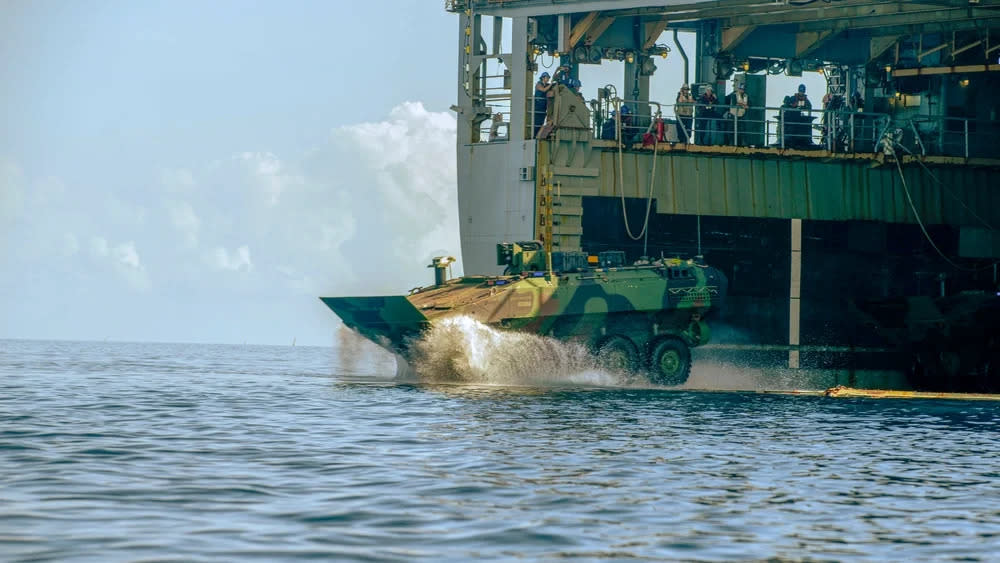
On May 4, 2024, the U.S. Marine Corps’ new Amphibious Combat Vehicle was employed overseas for the first time during its initial deployment. As part of Exercise Balikatan 2024, an annual bilateral exercise between the U.S. and the Philippines, the 15th Marine Expeditionary Unit’s ACV platoon launched from the amphibious dock landing ship USS Harpers Ferry (LSD-49) in Oyster Bay, Philippines. This marked the first operational employment of the Marines’ new swimming armored vehicle.
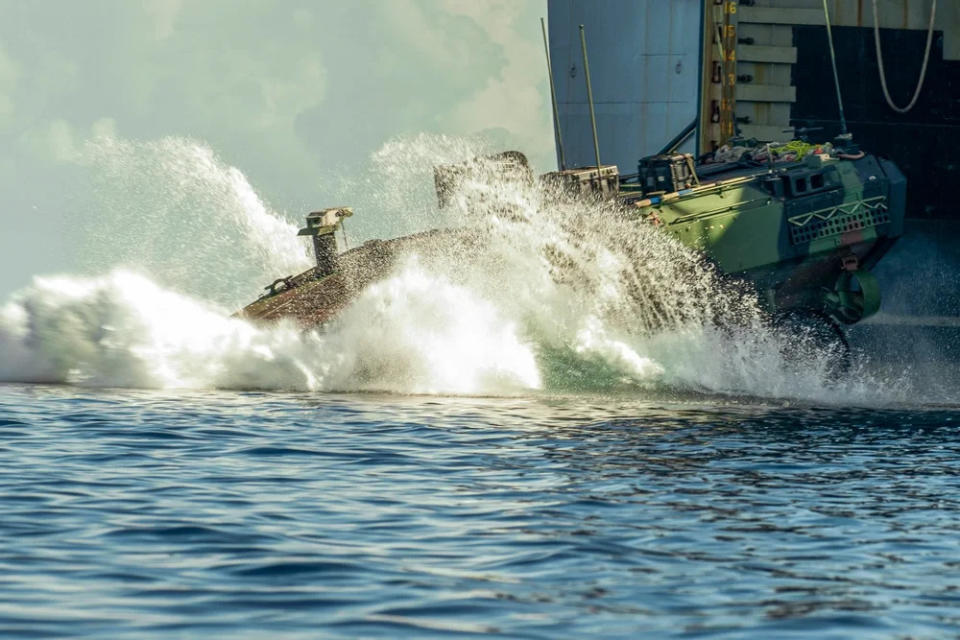
After splashing into the water, the ACVs organized into assault sections. They then closed with and engaged multiple targets on the shore of Oyster Bay. The ACVs were armed with externally-mounted Mk 19 40mm belt-fed automatic grenade launchers controlled by Remote Weapons Systems. The simultaneous fire from the water was controlled and coordinated by the ACV Platoon’s section leaders; the ACV provides Marines with increased command and control capability while afloat as well as increased mobility ashore.
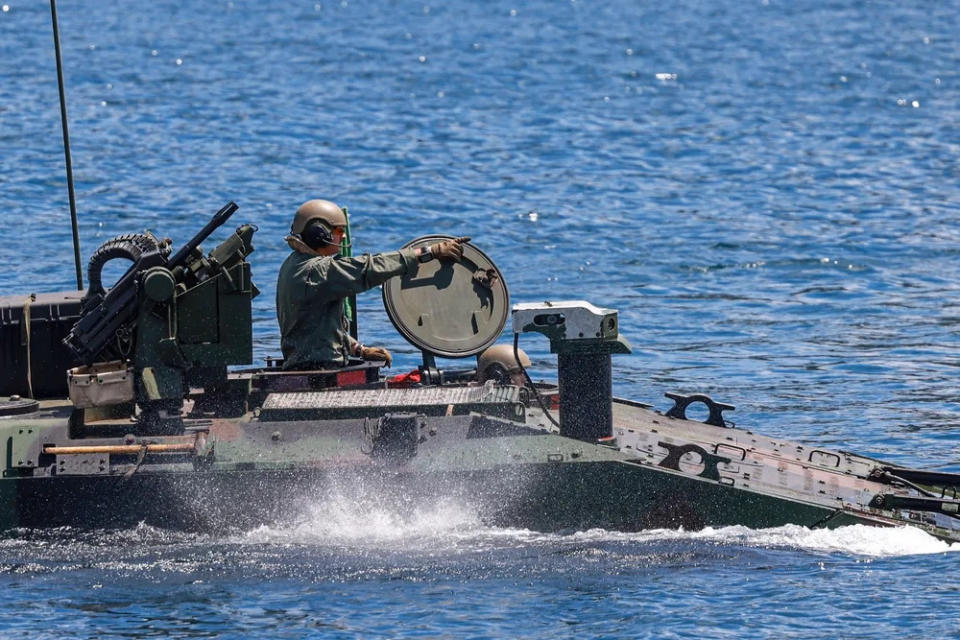
The exercise in Oyster Bay employed 40mm training grenades that marked impacts with orange chalk; high explosives were not used. After completing the waterborne gunnery, the ACVs remarked aboard Harpers Ferry. “The hard work and dedication of our Marines is what made today’s training successful,” Col. Sean Dynan, 15th MEU’s commanding officer, said in a DVIDS story. “Today’s training is a proof of concept across the Marine Corps for successful ACV employment in its intended environment.”
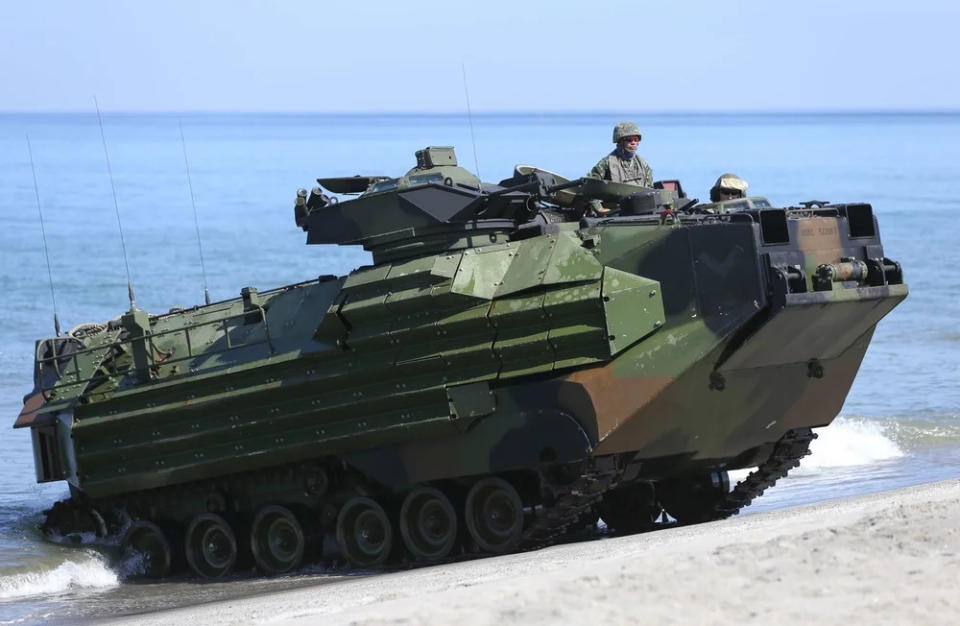
The ACV was adopted to supplement and eventually replace the Marine Corps’ Amphibious Assault Vehicle. First introduced in 1972, the AAV was not upgradeable to meet future Marine requirements. Moreover, the tragic deaths of eight Marines and a Navy Corpsman during an AAV sinking in July 2020 saw the Marine Corps ban the vehicle from maritime operations. With increased urgency to introduce the ACV, the delivery of the first 18 vehicles was announced in October 2020. Full-rate production was announced two months later.
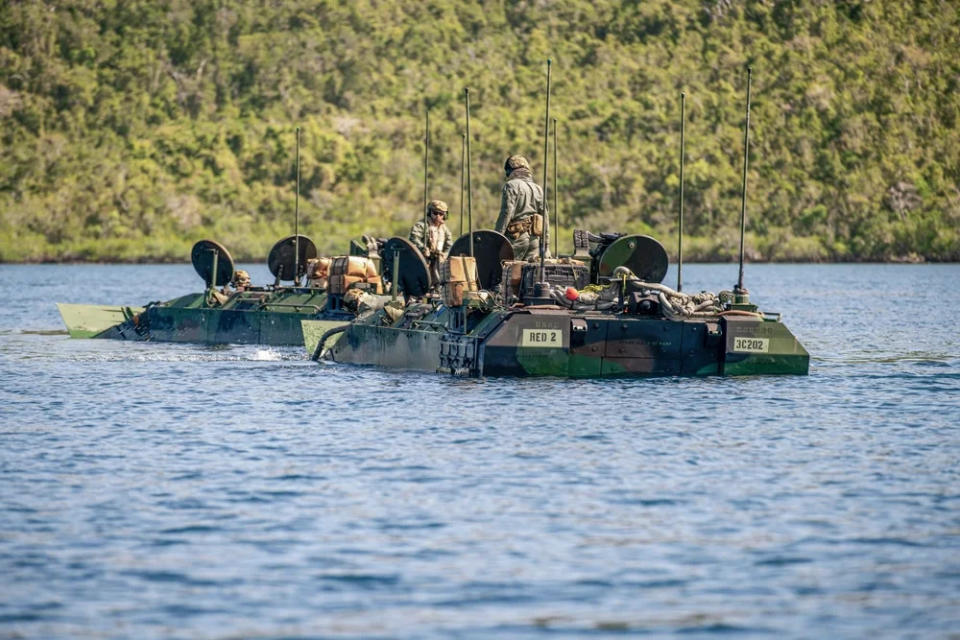
Based on the Italian Iveco SuperAV eight-wheel drive tactical vehicle, the ACV is made by Iveco in collaboration with BAE Systems. Under the ACV Family of Vehicles, the Marine Corps plans to develop and introduce the following variants: the ACV-C command and control variant, the ACV-30 infantry fighting variant equipped with a 30mm chain gun, the ACV-R maintenance/recovery variant, and the ACV-P personnel carrier variant that carries 14 Marines in addition to its crew of three. The Mk19s used in Oyster Bay can also be substituted for M2 .50-cal Browning Machine Guns.
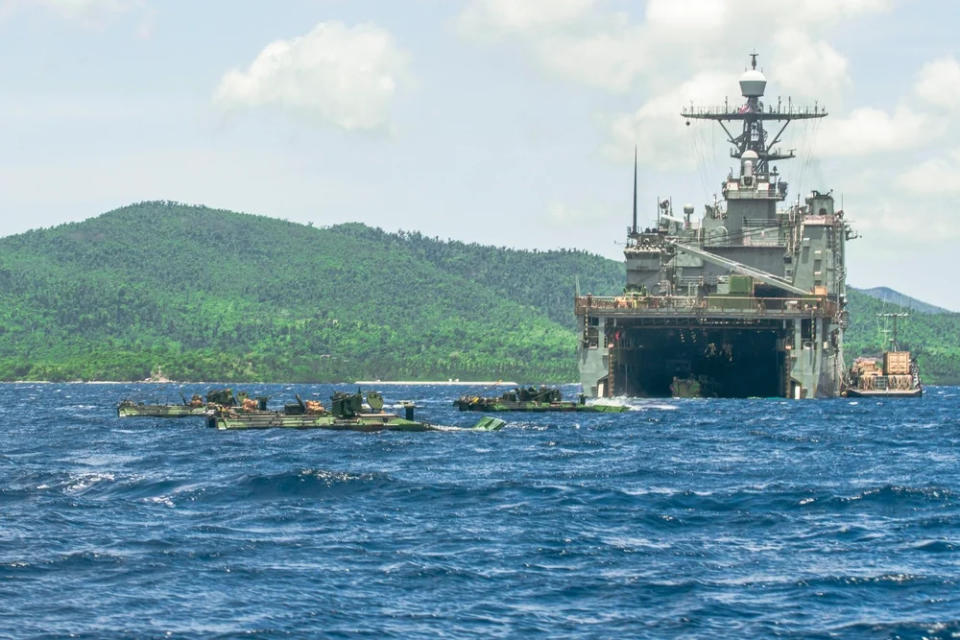
As the ACVs are fielded in the fleet, the Corps will test and validate its employment, embarkation, maintenance, logistical requirements, and integration with allies and partners. As the Marines prepare to fight future battles, the ACV will be critical to littoral operations in contested environments.

